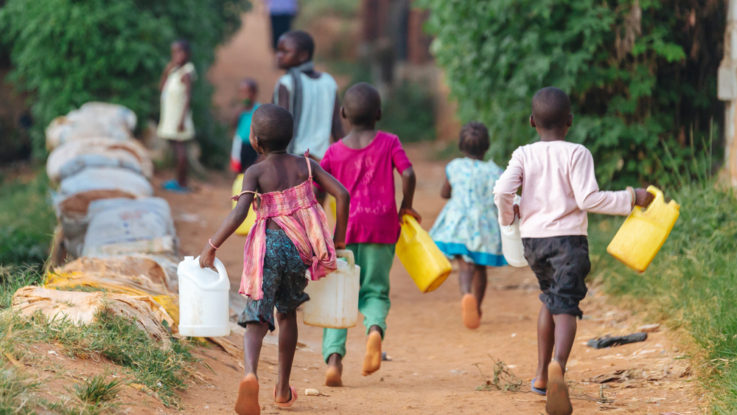
Arup and the Bernard van Leer Foundation have worked together to create a new online guide for cities to adapt to address the needs of vulnerable children under the age of five. The Proximity of Care Design Guide is based on research and fieldwork in refugee and informal settlements in Africa and the Middle East, but is also intended to aid in providing health, education, and security for children living in deprived areas in cities around the world.
“While this guidance was conceived before the pandemic, the crisis has shone a spotlight on the vast and widening development gap experienced by children in deprived urban areas, “ Sara Candiracci, Associate Director, Arup International Development, said. “Simple but meaningful interventions in the urban environment can be as life-changing to those in deprived areas of London or New York as they are to children in informal settlements in Cape Town. Interventions to improve the development of children can have long-lasting, transformative effects on cities and we must deploy them now to prevent the pandemic from inflicting lasting damage on already deprived communities.”
Current data shows that the number of children living in multidimensional poverty – defined as being without access to education, health care, housing, nutrition, sanitation, or water – has risen by 150 million since the pandemic hit, to approximately 1.2 billion.
The guide is part of the Urban95 initiative, which works to help city planners and urban designers understand how their work can influence child development. Arup developed a virtual reality tool that allows users to experience the city at the average height of a three-year-old with the goal of raising awareness of the global challenges faced by young children in cities.